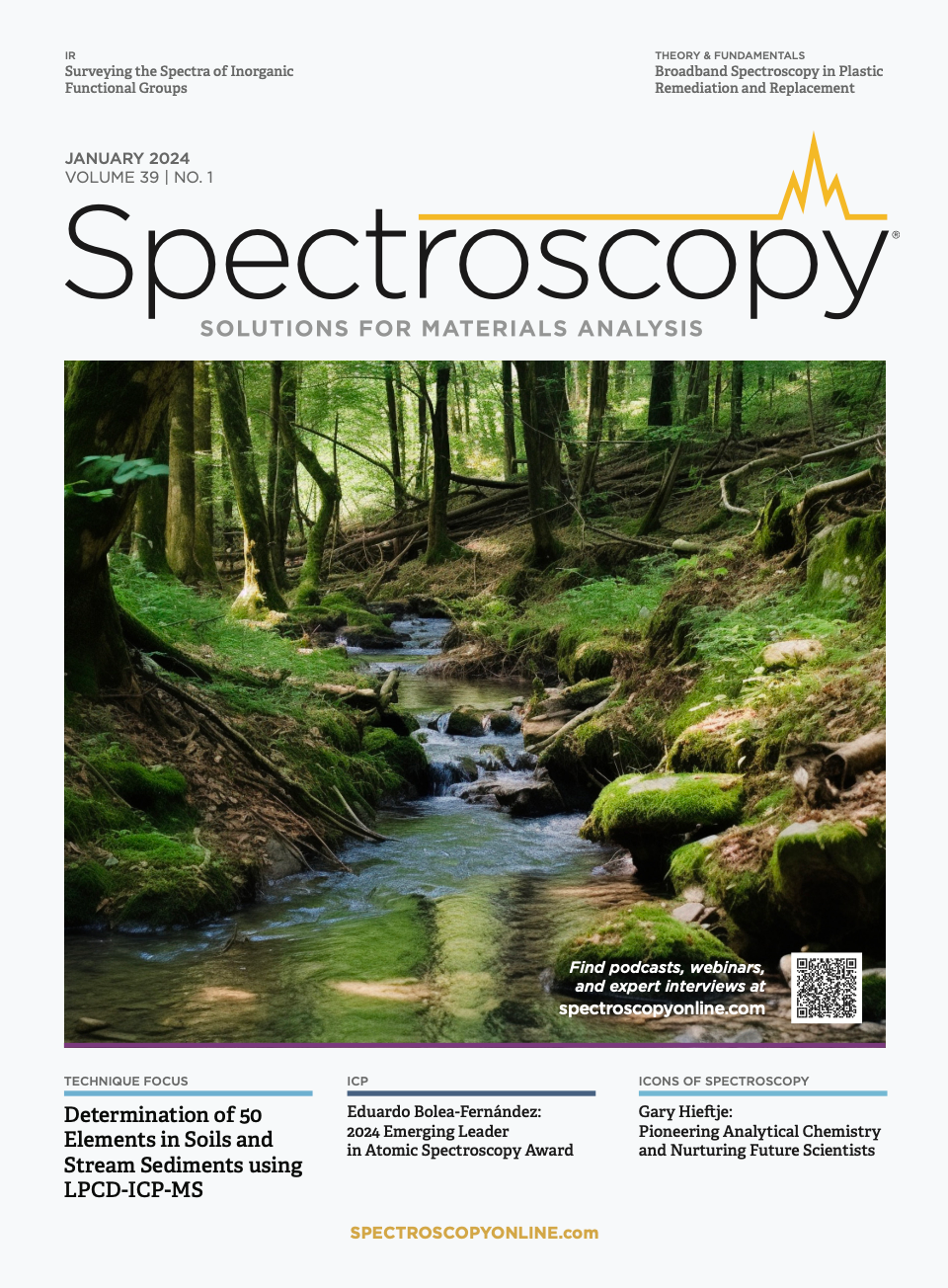Honoring the Legacy of Ian Michael, the Long-Time Publisher of Spectroscopy Europe and Spectroscopy World
In November, Spectroscopy announced the acquisition of Spectroscopy Europe and Spectroscopy World, two leading publications in the spectroscopy space. We remember Ian Michael, the long-time publisher of both magazines, for the contributions he made to the industry.
Ian Michael

Ian Michael always found the beginning of the year both exhilarating and exhausting. It was exciting, he wrote in his editor’s letter for the 2014 February/March edition of Spectroscopy Europe, because it brings with it a mass of new and interesting products in the field of spectroscopy. Yet the race to write about these innovations, while simultaneously covering conferences and contending with editorial deadlines, can be exhausting.
It’s a struggle that many editors know well. Yet, despite these challenges, Michael thrived. For more than 40 years, he served as the publisher and editor-in-chief of Spectroscopy Europe and Spectroscopy World. These leading publications cover the latest news and information in analytical science across the globe and were recently acquired by MJH Life Sciences, the parent company of Spectroscopy.
Michael died in April of last year after a hard-fought battle with cancer—but his memory has continued to live within the pages of the magazine and in the minds of those who worked closely with him. We hope to continue to honor Michael’s legacy at Spectroscopy.
“The last two years were challenging for Ian, as he continued to publish the publications from his hospital bed while receiving treatment, but this provided a distraction and focus,” Katie Michael, his wife, wrote in an email. “He was dedicated to his work and took immense satisfaction when each issue was published.”
Michael graduated from the University of St. Andrews with a Bachelor of Science in zoology. He served as an editor for John Wiley & Sons before founding IM Publications, the parent company of Spectroscopy Europe and Spectroscopy World. Michael specialized in near infrared (NIR) spectroscopy, a technique that uses the near infrared region of the electromagnetic spectrum to analyze samples. In fact, the well-known journal NIR news emerged from discussions between Tony Davies and Michael regarding a near-infrared spectroscopy journal in 1990. Due to concerns about insufficient papers to sustain a traditional journal, the idea of an alternative newsletter was proposed, and this journal is still a success. “Michael’s publications covered a variety of techniques, spanning imaging, atomic and molecular spectroscopy, handheld devices, and more. He cared very deeply about the advertisers and readers of both publications, and always added a personal touch to his work,” his wife wrote.
Many of Michael’s close associates remember his knowing smile. He was a patient soul who formed close relationships with those who advertised and wrote for him. But Michael didn’t take his work too seriously. Many of his colleagues fondly remember his sense of humor and his almost permanent friendly smile. Ian was always willing to sit down and personally share his many experiences and contacts regarding the amazing world of spectroscopy.

Real-Time Battery Health Tracking Using Fiber-Optic Sensors
April 9th 2025A new study by researchers from Palo Alto Research Center (PARC, a Xerox Company) and LG Chem Power presents a novel method for real-time battery monitoring using embedded fiber-optic sensors. This approach enhances state-of-charge (SOC) and state-of-health (SOH) estimations, potentially improving the efficiency and lifespan of lithium-ion batteries in electric vehicles (xEVs).